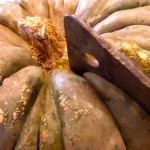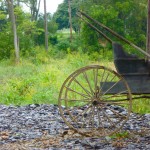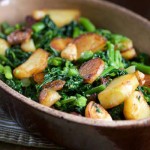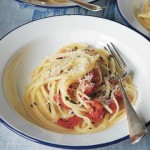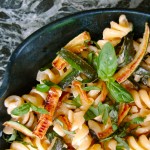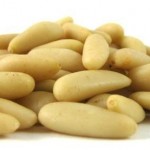In response to my story in Zester Daily, Love and Zucca: Why Venice Adores its Pumpkin, a reminiscence of Marcella Hazan, sent from her husband, Victor… Bravissima. You have shined your knowledge and intelligence on an ingredient as unfamiliar to American cooks as it is sought after by the cooks of the Veneto. And by the Emiliani as well who use it to stuff cappellacci. Marcella substituted orange-fleshed yams, which come close to the zucca’s taste, and called them Cappellacci del Nuovo Mondo. Every year, when we had not yet installed an elevator and lived 82 steps above sea level, Maurizio […more…]
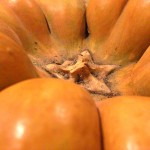

 Follow
Follow
 email
email